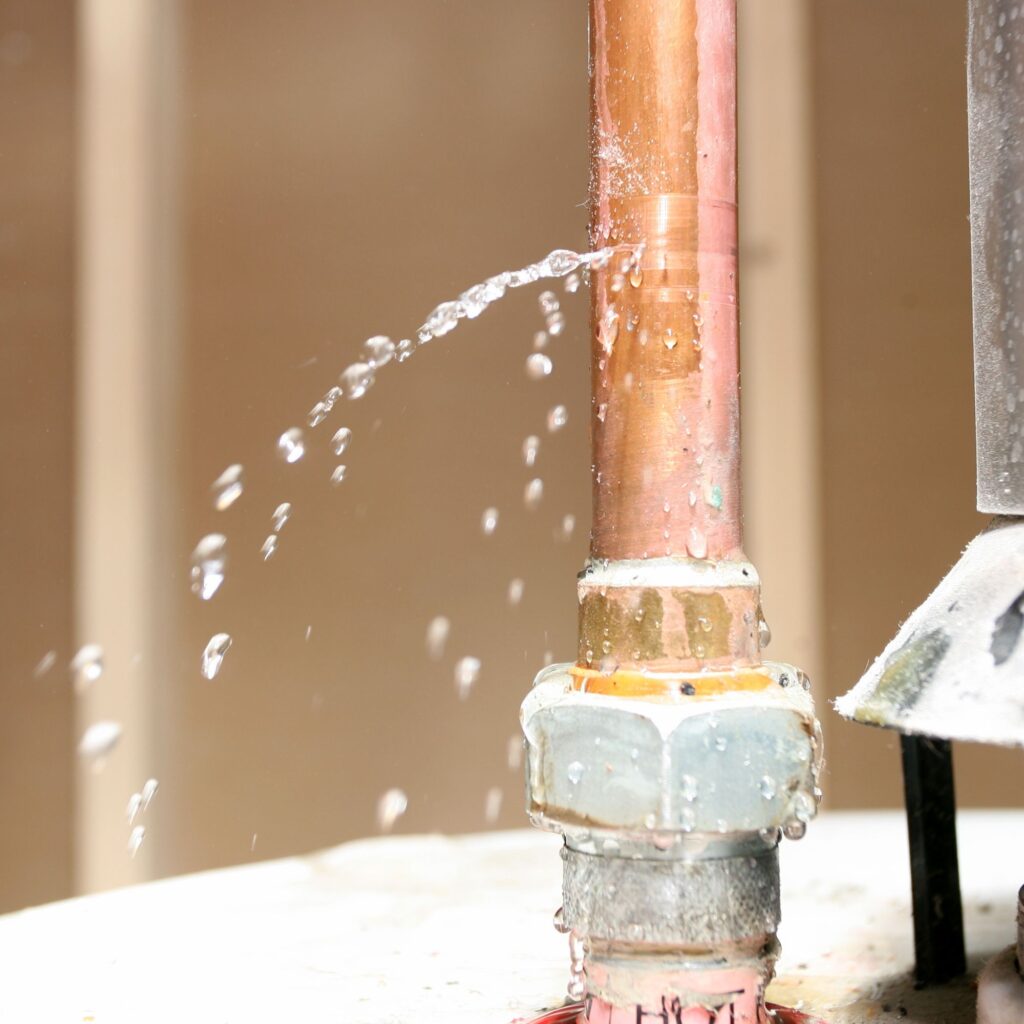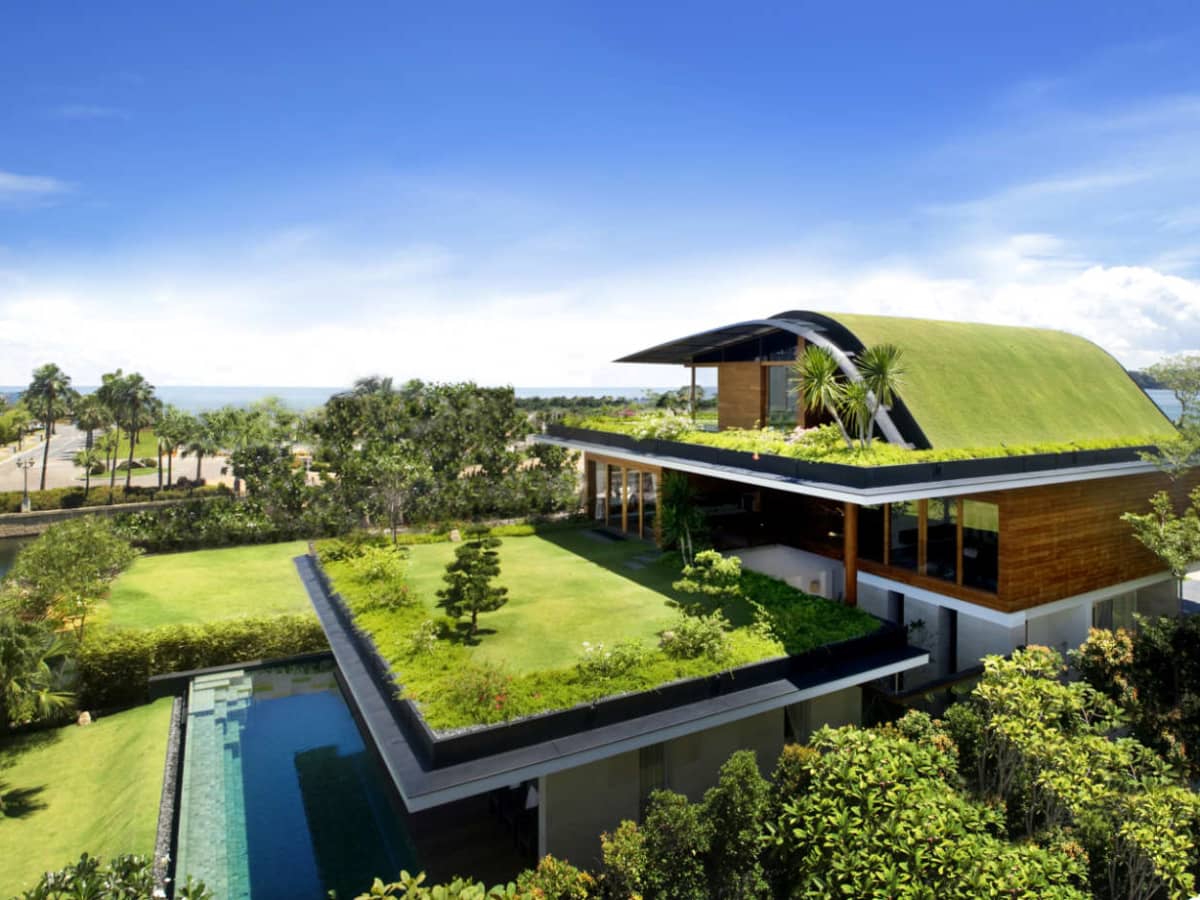How do you actually feel in relation to Environmentally Sustainable Home Plumbing?

Intro
In today's world, sustainable living is coming to be significantly vital. One area where homeowners can make a significant effect is with environmentally friendly plumbing services. By embracing environmentally aware practices, families can decrease their water and power intake while adding to a healthier earth.
Greywater Systems
Greywater refers to carefully made use of water from resources such as showers, sinks, and cleaning equipments. Rather than allowing this water go to waste, greywater systems reuse it for non-potable uses such as landscape irrigation and toilet flushing. By applying a greywater system, homeowners can preserve fresh water sources and lower stress on municipal wastewater therapy centers.
Rain Harvesting
Rain collecting involves collecting and saving rain for numerous purposes, including watering, commode flushing, and laundry. Rainwater collecting systems usually contain a collection surface area (such as a roofing), rain gutters, downspouts, and storage tanks. By gathering rain, house owners can reduce their dependence on metropolitan water resources and conserve freshwater sources.
Solar Water Heaters
Traditional hot water heater depend on fossil fuels or electricity to warmth water, contributing to carbon exhausts and power usage. In contrast, solar water heaters utilize sunlight to warmth water, supplying a sustainable and environmentally friendly alternative. By harnessing solar energy, home owners can lower their energy bills and lower their carbon impact.
Green Pipeline Materials
Typical plumbing materials such as copper and PVC can have unfavorable environmental impacts throughout production and disposal. However, there are sustainable alternatives available, such as recycled steel, cross-linked polyethylene (PEX), and high-density polyethylene (HDPE). These eco-friendly pipe materials supply resilience, long life, and lowered ecological influence.
Water-Efficient Components
Traditional components often drainage needlessly. Nevertheless, contemporary low-flow toilets, faucets, and showerheads are developed to lessen water use without compromising performance. These fixtures can considerably minimize household water usage, causing reduced water expenses and a lowered ecological impact.
Energy-Efficient Home appliances
Along with water-efficient components, energy-efficient devices can better minimize a house's environmental footprint. High-efficiency cleaning machines and dish washers make use of much less water and energy per cycle, assisting to conserve sources and reduced energy bills. When purchasing appliances, try to find ENERGY STAR ® certified designs for maximum effectiveness.
Smart Water Management Solution
Breakthroughs in innovation have actually made it much easier than ever before to monitor and optimize water use in the home. Smart water monitoring systems make use of sensors and information analytics to track water usage in real-time, determine leaks, and provide understandings for conservation. By executing wise water management solutions, house owners can minimize waste and maximize performance.
Wellness Conveniences
Along with environmental benefits, environment-friendly pipes can additionally add to boosted interior air quality and wellness. By utilizing non-toxic products and minimizing chemical direct exposure, property owners can create a much healthier living setting for themselves and their families.
Federal government Rewards
Several governments provide economic motivations to motivate homeowners to take on environment-friendly plumbing practices. These incentives may consist of refunds, tax obligation credit ratings, and low-interest lendings for energy-efficient upgrades. By capitalizing on these programs, house owners can make environmentally friendly renovations much more budget friendly and easily accessible.
Cost Considerations
While environmentally friendly plumbing alternatives might have higher upfront prices than standard alternatives, they often give lasting cost savings through reduced water and energy expenses. In addition, many governments use rewards such as rebates and tax obligation credit reports for environment-friendly upgrades, aiding to balance out preliminary expenses.
Installment and Maintenance
Proper setup and regular upkeep are vital for making sure the performance and longevity of eco-friendly plumbing systems. It is essential to work with professional specialists to mount and service these systems to prevent issues and maximize effectiveness. Regular upkeep tasks such as checking for leakages and cleaning up filters can also aid prevent troubles and optimize performance.
Environmental Benefits
The ecological advantages of green plumbing are considerable. By preserving water and energy, home owners can minimize their carbon footprint and decrease their influence on natural deposits. In addition, environmentally friendly pipes methods can help protect communities and maintain biodiversity for future generations.
Final thought
To conclude, green pipes options use countless benefits for property owners and the environment alike. By investing in water-efficient components, greywater systems, rainwater harvesting, solar water heaters, eco-friendly pipe products, energy-efficient home appliances, clever water administration systems, and various other sustainable remedies, families can reduce their ecological footprint, reduced their energy costs, and add to a much healthier earth for future generations.
Eco-Friendly Plumbing Solutions: The Role of Plumbing in Green Building
The growing global emphasis on sustainable living has led to an increased focus on environmentally-friendly building practices, including green plumbing solutions. By incorporating eco-friendly plumbing practices and technologies into your residential or commercial project in the McKinney area, you not only save on energy and water expenses but also contribute to a healthier environment. So how can plumbing play a vital role in green building, and what sustainable solutions should you consider for your property?
In this article, we will explore the importance of sustainable plumbing practices and delve into various energy-efficient and water-saving technologies suitable for both residential and commercial properties. North Star Plumbing, as a forward-thinking plumbing service provider in McKinney, is dedicated to guiding clients towards eco-friendly solutions that cater to their specific needs, ultimately ensuring long-term benefits in efficiency and environmental impact. Join us on this journey towards a greener future, one plumbing system at a time.
- Low-Flow Faucets: These faucets use an aerator to mix air with water, providing a steady flow while using less water. According to the EPA, WaterSense-labeled faucets use at least 30% less water than standard models.
- Dual-Flush Toilets: These toilets offer two flushing options: one for solid waste and another with reduced water usage for liquid waste. Dual-flush toilets use up to 67% less water than conventional models.
- High-Efficiency Showerheads: These showerheads use aerators to maintain water pressure while using less water. WaterSense-labeled showerheads can save nearly 3,000 gallons of water per year.
- Energy Efficiency: Tankless water heaters can be up to 34% more energy efficient than traditional storage tank water heaters, as they only heat water when needed, resulting in less wasted energy.
- Longer Lifespan: These heaters typically last up to 20 years, compared to traditional tank water heaters that have lifespans of 10 to 15 years.
- Space-Saving: Due to their compact design, tankless water heaters require less space and can be easily installed in smaller areas.

Do you appreciate more info about 6 Reasons to Choose Eco-Friendly Plumbing Solutions? Try leaving feedback below. We would be pleased to hear your ideas about this blog entry. We are looking forward that you visit us again in the near future. If you please take a moment to share this post if you appreciated it. I take joy in your readership.
Free Estimates
Comments on “Sustainable Water Alternatives: Constructing a Greener Home”